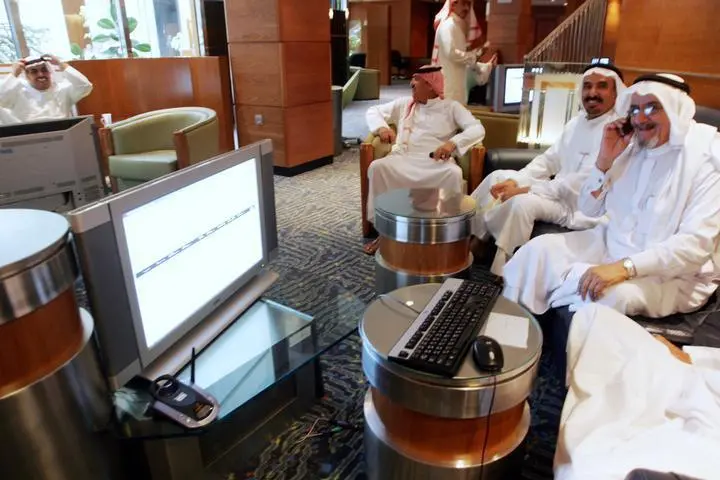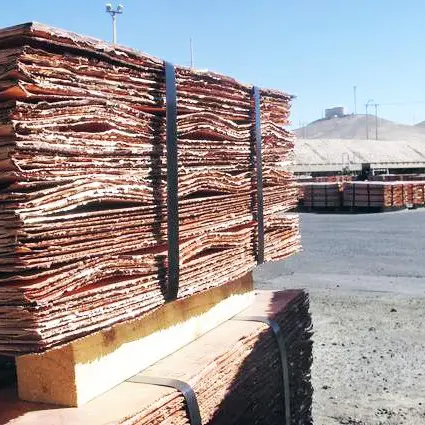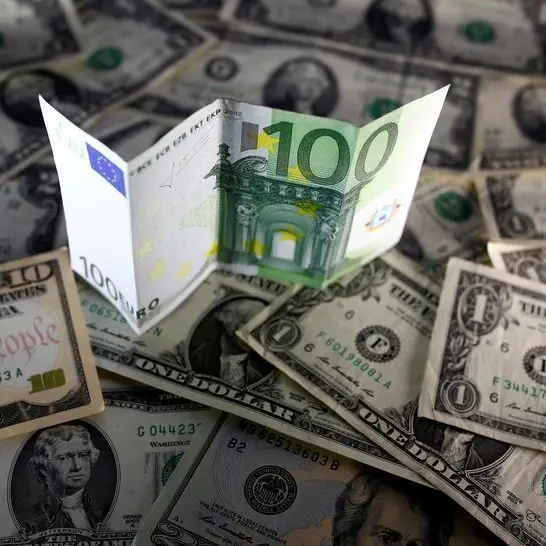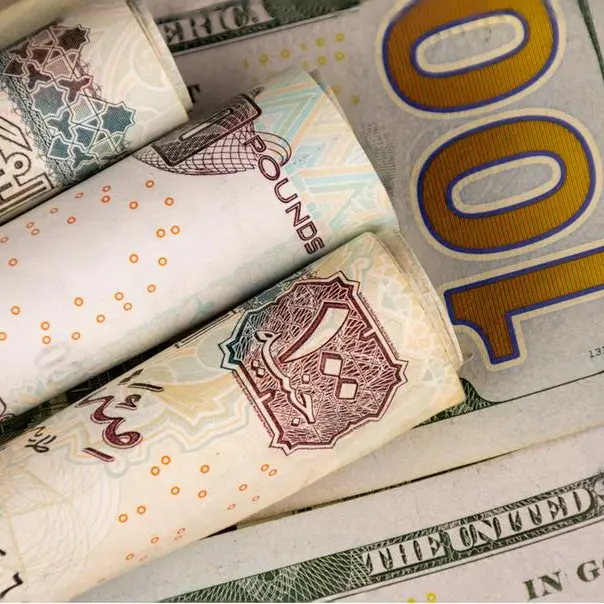PHOTO
For potential foreign investors used to 24-hour incorporations and straightforward access to equity capital markets, the challenges of entering and operating in the Saudi Arabian market can appear daunting.
However, an understanding of the history of Saudi Arabia's foreign investment regulations and policies can provide insight to the foreign investor into possible future developments in this area and, in turn, aid in building credibility with the Saudi Arabian General Investment Authority (SAGIA), the country's foreign investment regulator.
Investment in Trade - WTO and SAGIA
The modern era of Saudi Arabia's foreign investment regime began with the accession by Saudi Arabia to the World Trade Organization (WTO) in 2005. This entry allowed Saudi Arabia to benefit from liberalised access to various foreign markets, and also committed the country to various reforms in its legislation and trade policies. In areas ranging from protection of intellectual property rights and foreign ownership in the telecoms sector, to tariff levels and dispute resolution mechanisms, accession to the WTO general agreements imposed a wide-ranging set of obligations on international trade undertaken by Saudi Arabia (subject to certain exceptions which were negotiated at the time of accession, for example relating to the import of products that Saudi Arabia deemed to be against the public interest).
In parallel and further to its WTO commitments, Saudi Arabia has also been continuing work to develop its foreign investment regime, largely through the policies and procedures implemented at SAGIA. This development predates WTO accession by some years, beginning with the adoption of the Foreign Investment Regulations in 2000.
A cornerstone of SAGIA's policies and procedures has been the maintenance of the so-called "negative list" - a list of areas in which investment by non-Saudi nationals remains prohibited. Key among these is the upstream hydrocarbons sector, and the ownership of land in the holy cities of Makkah and Medina.
Much of the negative list has remained static over the years, but pursuant to its WTO accession commitments, Saudi Arabia agreed to permit foreign investment in distribution services and related wholesale and retail trade - initially at a level of 51%, and then rising to 75% in 2008. Much of the development of SAGIA policy has been relating to this wholesale and retail distribution sector. SAGIA has, over the years and with varying degrees of success, implemented "fast track" mechanisms for foreign investors to benefit from quicker responses to applications and turnaround times to receive new licenses. The most recent iteration, announced in mid-2014, has been a relative success and resulted in turnaround times dropping from months to weeks (or even, in some cases, days). Applicants that meet one of a number of criteria such as being listed on their home stock exchange, or which are entering into contracts with the Saudi government or a Saudi government-owned entity or entering into a joint venture with a Saudi company listed on the Saudi Arabian Stock Exchange (some examples among many), will benefit from this highest level of SAGIA service.
These welcome policy developments have been supplemented with regular innovations to the logistics and administration processes at SAGIA. Bulky paper applications have been replaced by on-line applications with file reference numbers that can be easily accessed, together with regular indications of turnaround time. For those cases where an in-person discussion with a licensing officer is required, appointments can be booked on-line. All of these developments evidence the value that Saudi Arabia places on foreign investment, and the work that SAGIA is willing to do to streamline access to the local market for foreigners.
Equities - Equity Swaps and Direct Investment
A similar story of development and liberalization has played out with respect to access to the country's equity market, the Saudi Arabian Stock Exchange (Tadawul).
Prior to 2008, the purchase of equities by any non-GCC investor was prohibited. In 2008, the Capital Market Authority (CMA) introduced equity swap arrangements whereby foreign investors could essentially purchase the economic benefit of listed shares for a defined period of time. Despite clarificatory regulations passed in 2010 designed to further protect the benefits accruing to foreign investors to the asset underlying the swap arrangement, swaps never attracted the level of investment the CMA hoped for, mainly because they were seen to be time-consuming to implement and gave no underlying shareholder rights.
Subsequently, after consultations with market participants, a Qualified Foreign Investor (QFI) regime was implemented in 2015. While somewhat limited in accessibility, as the bar to qualify under the regime was set quite high (at this stage requiring, for example, qualifying investors to be otherwise licensed market participants holding at least USD 5 billion in assets under management), this regime represents a critical shift in the requirements to access the Tadawul and presages further potential developments in permitting foreigners to directly access the Tadawul.
Looking to the Future
This short (and simplified) recounting of recent history shows a course of careful development and evolution of Saudi Arabia's foreign investment regime. By some accounts, however, a shortening of timeframes for future innovation and development appears to be on the horizon. Reports, both official and anecdotal, indicate a strong interest by the country's government to quickly liberalize the foreign investment regime further and a willingness to open up the wholesale and retail trade sector to 100% foreign participation in certain instances. There are also ongoing discussions on wide-ranging initiatives such as privatization of government businesses and assets, various forms of public-private partnerships, and the implementation of free zones areas, but the extent to which these are implemented remains to be seen.
© Al Tamimi & Company 2016























